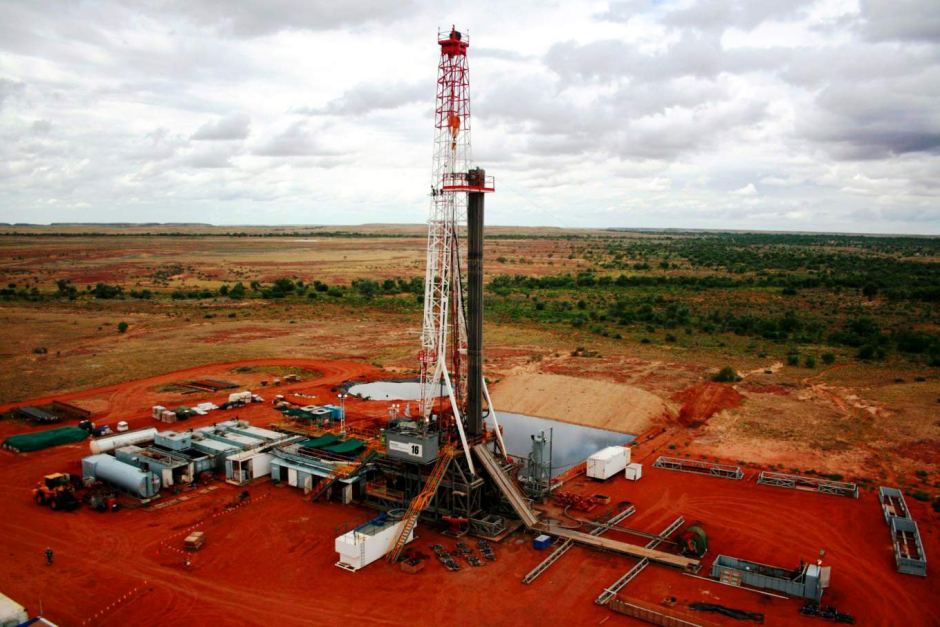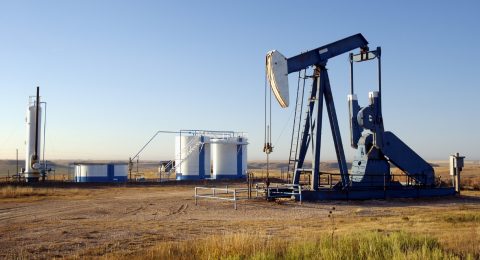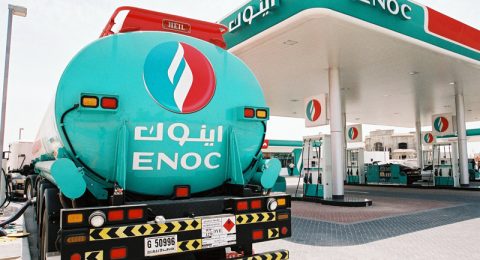Politics over energy supplies and trade is increasingly influencing relations between nations around the world and Pakistan is no exception.
The United States has given a new suggestion, asking Pakistan to go for exploring the huge shale gas reserves present in the country to satiate its growing appetite for energy as the already tapped deposits are depleting fast.
However, the proposal comes at a time when many oil and gas exploration companies, which were working on onshore fields, have packed up and no major gas find has been made in the past many years.
Earlier, the US pushed Pakistan to abandon the Iran-Pakistan (IP) gas pipeline project – a vital and seemingly smooth source of energy supply – and instead opt for expensive liquefied natural gas (LNG) imports from Qatar.
Washington is also promoting and putting its weight behind the Turkmenistan-Afghanistan-Pakistan-India (Tapi) gas pipeline – a project that is far from reality as it will pass through war-ravaged Afghanistan.
Now, Pakistan has a host of choices – whether it should go for shale gas or other gas deposits in the country, push IP and Tapi projects or import LNG – to address energy shortages, which wipe an estimated three percentage points off economic growth every year.
Though the country is said to have massive onshore gas reserves, but production has not increased for the past several years, standing at 4 billion cubic feet per day (bcfd).
Experts, however, are of the view that the time is not ripe for shale gas exploration as Washington is prodding Islamabad only to divert attention away from the IP pipeline which promises cheaper gas. In addition to this, US companies like ConocoPhillips are working in Qatar and they will be the major beneficiaries if Pakistan imports LNG from Doha.
It is surprising that the US, which also is a major LNG producer, plays no role in facilitating gas supply deals between American and Pakistani companies, but promotes shale gas, Tapi pipeline and LNG import from Qatar, which have higher costs.
Even LNG will be cheaper when compared with shale gas as the latter’s extraction will take a long time and the price will be higher at about $12 per million British thermal units (mmbtu). At present, LNG costs around $7 per mmbtu.
Why shale gas?
Most of the US proposals for bridging the energy shortfall are linked with shale gas – the apparent reason is to provide opportunities to American companies to sell costly equipment and technologies to Pakistan or let US companies work here.
But the gas price is not being widely discussed which will be almost twice when compared with LNG. Local consumers may not be able to bear such a high cost of gas.
According to Petroleum and Natural Resources Minister Shahid Khaqan Abbasi, the government will have to offer a price of over $12 per mmbtu for finding shale gas. A consultant hired by the US Agency for International Development (USAID) had submitted a preliminary report about the infrastructure required for shale gas and was expected to submit a final report by the end of this year, he said.
Pakistan should compare the expected benefits with the cost of drilling and expenses on developing the infrastructure, which will make this energy source uncompetitive.
The US is also not expected to extend loans like the Chinese at the lowest rate, but may build the case for its oil and gas companies for developing the infrastructure. This will lead to loss of Pakistan government’s control over its resources.
Subsidy cost
In order to make shale gas affordable for the consumers, the government will have to provide subsidy, pushing its cost further higher.
This energy source also poses a risk to the environment as some European states like Romania and Poland have stopped shale gas and shale oil projects as they have caused a huge damage to the ecology.
Shale gas production also needs a big quantity of water and Sindh will be forced to pay a hefty amount for fetching supplies.
The Thar coal project in the province had also remained unsuccessful for decades because of water shortage.
The US policy is aimed at preventing Pakistan from laying the economically viable IP pipeline, setting up coal-based power plants and even exploring offshore gas for which the government has offered an attractive price in the new policy. If Pakistan opts for shale gas, it will be compelled to depend economically on the US.
In this scenario, the country should put off shale gas exploration for some time later and concentrate on LNG, IP, coal and hydropower projects.
Source: The Express Tribune












